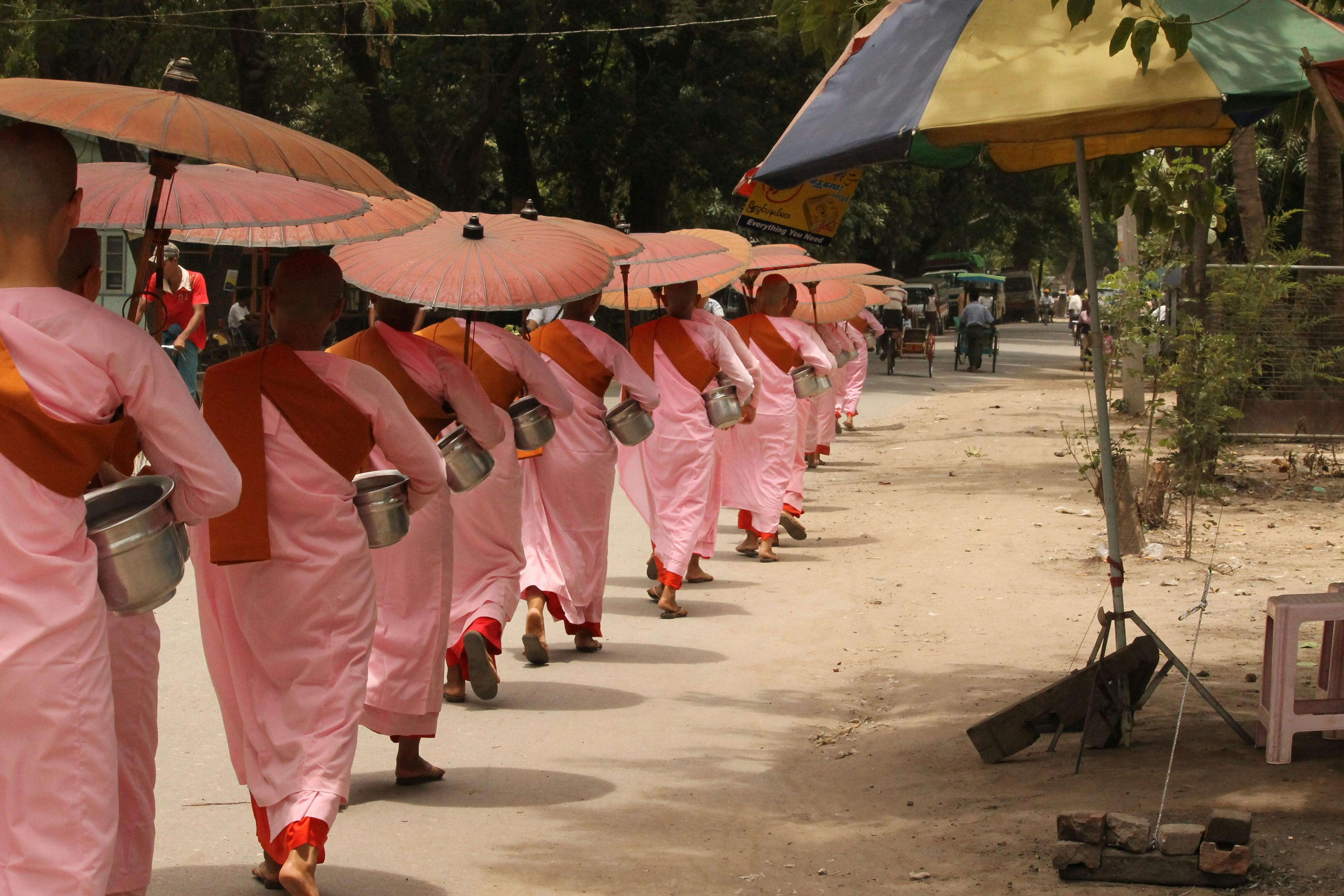In the world of cinema, where stories unfold through the interplay of visuals and sound, themes and symbolism serve as the invisible threads weaving deeper meanings into the fabric of film. These elements, often subtle yet profoundly impactful, guide audiences beyond the surface narrative, inviting them to explore layers of interpretation and emotion. As filmmakers craft their visions, themes emerge as the backbone of storytelling, while symbolism enriches the cinematic experience, offering viewers a lens through which to perceive the complexities of human experience. This exploration delves into how these artistic tools shape the creative development of films, transforming simple tales into resonant masterpieces that linger in the minds and hearts of audiences worldwide.
Unlocking Emotional Depth: The Power of Theme in Storytelling
In the realm of film, theme acts as the soul of storytelling, weaving together the emotional tapestry that guides audiences through complex narratives. It is the underlying message or central idea that resonates beyond the surface plot, inviting viewers to explore profound human experiences. Themes often delve into universal concepts such as love, loss, identity, and freedom, allowing films to transcend cultural and temporal boundaries.
- Symbolism: Enriches the narrative by infusing objects, colors, or motifs with deeper meanings.
- Character Development: Themes drive character arcs, fostering growth and transformation.
- Emotional Resonance: Through thematic exploration, films evoke empathy and introspection.
By harnessing the power of theme, filmmakers unlock emotional depth, creating a cinematic experience that lingers long after the credits roll.

Hidden Layers: Decoding Symbolism in Cinematic Art
In the realm of cinema, symbolism serves as an invisible thread weaving through the narrative tapestry, offering viewers a deeper understanding of the film’s core themes. Filmmakers often employ symbols to convey complex ideas and emotions without uttering a single word, inviting audiences to engage with the story on a more profound level. From the recurring motif of a red balloon symbolizing lost innocence to the haunting presence of mirrors reflecting duality and self-discovery, these visual cues enrich the cinematic experience by adding layers of meaning that resonate long after the credits roll.
- Color symbolism: Used to evoke emotions or highlight character development.
- Objects: Everyday items transformed into significant symbols, like a key unlocking hidden truths.
- Setting: Locations that represent more than their physical appearance, such as an isolated island signifying inner turmoil.
Through these elements, directors and writers craft a subtextual narrative that challenges audiences to look beyond the surface. The interplay of theme and symbolism not only enhances storytelling but also invites viewers to partake in an interpretive dance with the film, where every scene becomes a canvas painted with layers of hidden meanings.

Bridging Concepts: Integrating Theme and Symbolism Seamlessly
In the realm of filmmaking, the delicate dance between theme and symbolism crafts a narrative that resonates on multiple levels. When these elements are integrated seamlessly, they transform a story from mere entertainment into a profound experience. Theme serves as the film’s backbone, providing the underlying message or commentary that the director wishes to convey. It’s the heart of the narrative, pulsating through every scene, dialogue, and character arc.
Symbolism, on the other hand, acts as the visual and metaphorical language that brings the theme to life. By embedding symbols within the film’s fabric, filmmakers can communicate complex ideas subtly yet powerfully. Consider these approaches:
- Visual Motifs: Repeated imagery that encapsulates the theme.
- Color Palettes: Strategic use of colors to evoke emotions or highlight thematic elements.
- Objects and Icons: Everyday items transformed into symbols that carry deeper meaning.
The synergy between theme and symbolism not only enhances storytelling but also invites audiences to engage in a richer, more interactive viewing experience. This creative interplay challenges viewers to look beyond the surface, fostering a deeper connection with the narrative.
Crafting Impact: Recommendations for Filmmakers on Thematic and Symbolic Usage
To craft films that resonate deeply with audiences, filmmakers must thoughtfully integrate themes and symbols into their narratives. A film’s theme acts as its philosophical backbone, providing coherence and depth. Consider these recommendations:
- Align Themes with Storytelling: Ensure that the central theme is seamlessly woven into the plot. This creates a narrative that feels organic and compelling.
- Use Symbols as Emotional Anchors: Symbols should not only represent abstract ideas but also evoke emotions. A recurring motif, such as a faded photograph or a burning candle, can encapsulate complex emotional states.
- Subtlety is Key: While symbols are powerful, overuse can lead to predictability. Allow viewers to discover meanings, fostering a more engaging and thought-provoking experience.
- Consider Cultural Context: Be mindful of cultural interpretations of symbols to ensure they resonate universally or appropriately within targeted demographics.
By carefully considering these elements, filmmakers can craft films that not only entertain but also leave a lasting impact, inviting viewers to explore deeper meanings long after the credits roll.

